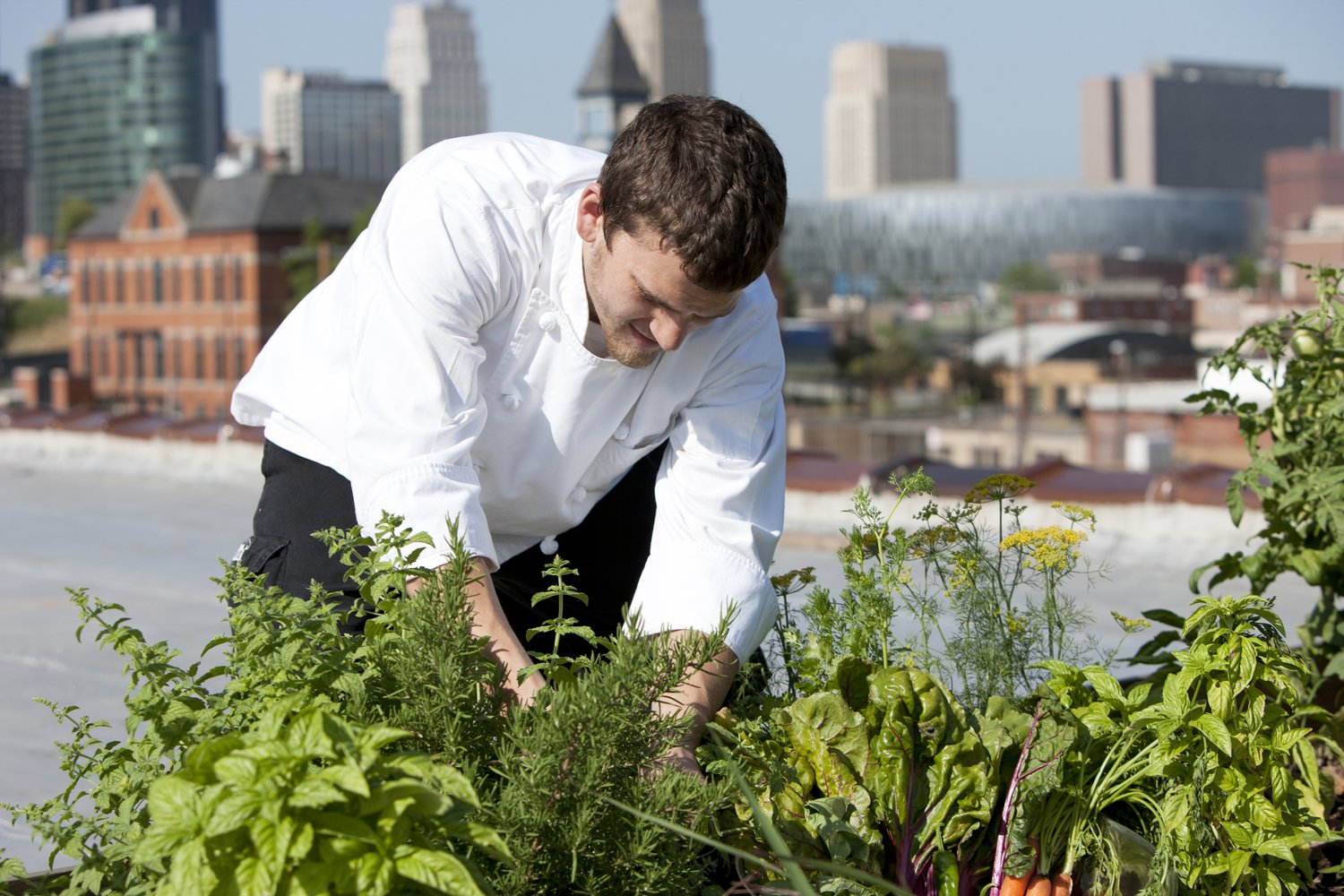Some Known Incorrect Statements About City Blooming
Some Known Incorrect Statements About City Blooming
Blog Article
3 Simple Techniques For City Blooming
Table of ContentsNot known Facts About City BloomingNot known Incorrect Statements About City Blooming The smart Trick of City Blooming That Nobody is Talking About8 Easy Facts About City Blooming DescribedIndicators on City Blooming You Need To Know
Fascinated in growing food up for sale in the City of Chicago? Thinking of beginning a community garden? Modifications to the Chicago Zoning Regulation allow agricultural uses like area yards and urban ranches in numerous parts of the city. Below is a listing of frequently asked questions regarding the policies and regulations that farmers must consider when intending a city agriculture project.
The zoning change does not change any kind of other codes dealing with composting, building authorizations, acquiring or leasing City had residential property, service licenses or environmental contamination. There are existing codes that regulate these issues and they continue to be in full result and may apply to your project. Area gardens are normally had or managed by public entities, public organizations or community-based companies and preserved by volunteers.
Urban farms grow food that is intended to be offered, either on a not-for-profit or for-profit basis. As a result of their commercial purpose, metropolitan ranches require an organization license. Yes. A neighborhood yard is permitted to sell surplus produce that was grown on site if the sales are accessory or subservient to the yard's key purpose explained above.
The Only Guide to City Blooming
Composting is enabled however only for plant material that is produced and made use of on website. The quantity of compost material can not exceed 25 cubic yards at any offered time according to the standards in 7-28-715 of the City's Municipal Code. Yes. Due to the fact that the dirt at many brand-new yard websites needs modifying, garden compost, soil, wood chips, or other products can be acquired to create or enhance the expanding room - sustainability.

If a structure authorization is needed after that the hoophouse will certainly be taken into consideration an accessory structure. You can find out more concerning the building permit demands by getting in touch with the Department of Structures. The 25,000-square-foot size limit is intended to avoid a solitary community yard from controling an offered block or interfering with the block's existing domestic or business character.
The limit does not relate to yards located in Public Open Space (POS) districts. Can there be greater than one neighborhood garden that is 25,000 square feet on a single block? Yes. The dimension restriction uses to individual yards, not to specific blocks. No. Fencing is not needed, nevertheless, yards that have big auto parking locations might be called for to set up fence or other landscape design features.
The Best Strategy To Use For City Blooming
B1 & B2 areas require that all commercial usage activities be carried out inside your home. Is fencing needed for metropolitan farms? Fencings might be required, along with landscaping and screening, for particular auto parking areas and outdoor job or storage space areas depending on place and the particular activity taking place.
Yes. Urban ranches require structure licenses and zoning authorizations prior to construction. Various other kinds of city testimonial might be called for relying on particular frameworks, tasks, size, landscaping, licensing, public heath and stormwater administration concerns. A number of these needs are determined in the project design or permitting process, however, the applicant may be responsible to independently identify details licenses or allows that may be needed.
The Division of Company Matters and Consumer Protection can aid figure out the particular type of service permit that's called for. Off road car parking is required for most commercial tasks in Chicago. The called for number of auto parking rooms is based on the number of workers working on site and not the square video of the expanding area.
The 25-Second Trick For City Blooming

Yes. A metropolitan farm can market garden compost product created on website, nevertheless, the procedure needs to comply with the regulations in 7-28-715 of the Chicago Municipal Code. Yes. Aquaponic systems are enabled indoors on urban ranches in numerous zoning areas. Nonetheless, a zoning evaluation and structure permit is needed in order to set up frameworks or systems and a service license is needed as explained over.
Up to 5 hives or swarms of honey might be maintained as an accessory use. Beekeepers should register with the Illinois Department of Farming. To find out more about the recommended zoning change you might get in touch with the Division of Housing and Economic Growth, Bureau of Planning and Zoning at 312.744.8563.
, which takes place in country locations at the edge of suburbs.
The Best Guide To City Blooming
It can involve a motion of organic cultivators, "foodies" and "locavores", that seek to create socials media based on a common ethos of nature and area holism. These networks can develop by way of formal institutional support, becoming incorporated into regional town as a "transition community" activity for sustainable city growth.
The more direct accessibility to fresh vegetable, fruit, and meat products that may be realised with urban agriculture can boost food security and food safety and basics security while reducing food miles, causing reduced greenhouse gas emissions, therefore contributing to climate modification reduction. Some of the initial evidence of city farming originates from Mesopotamia.
Report this page